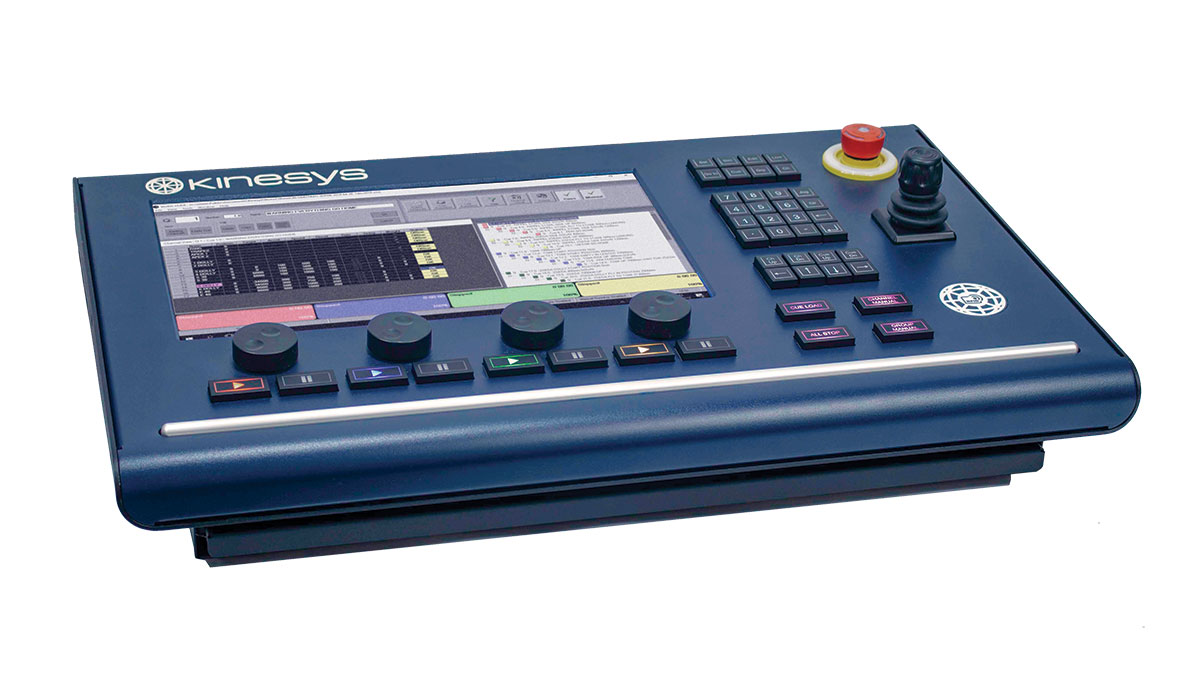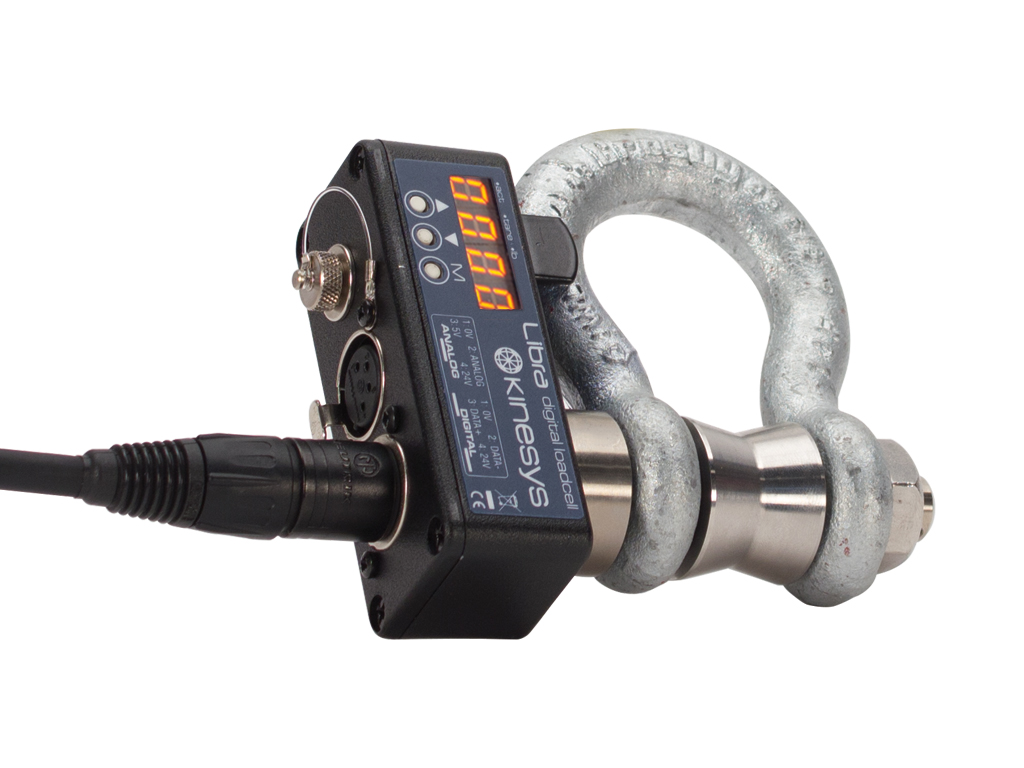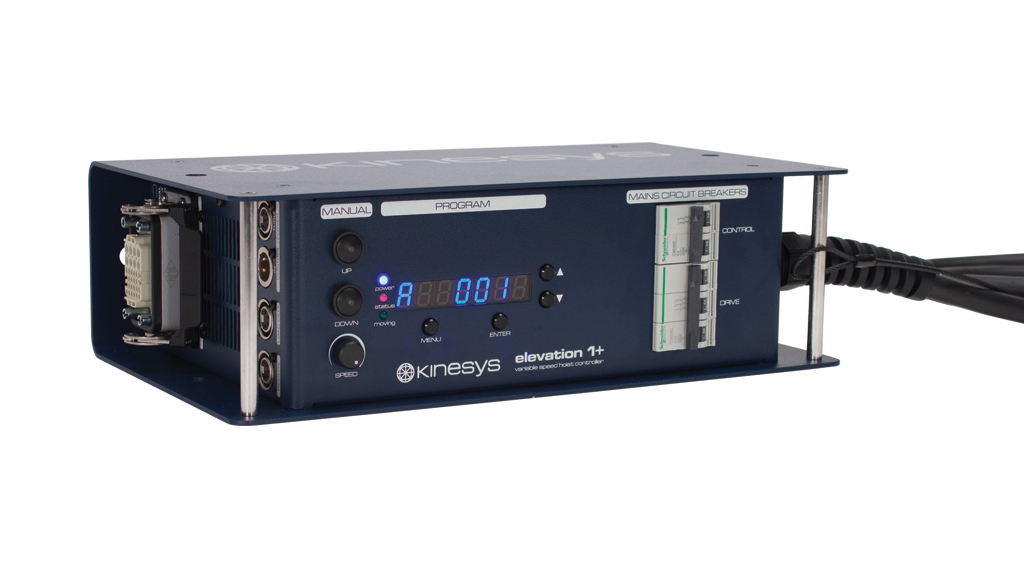Kinesys Helps Westlife 20 Tour Fly
Popular Irish singing group / boyband Westlife reformed and hit the road again this summer in what one of the most popular and successful reformation campaigns. The first UK arena leg of the Twenty Tour culminated in two phenomenal shows in Croke Park stadium in Dublin, packed with 170,000 wildly enthusiastic fans high on the adrenaline buzz of watching their superlative live shows!
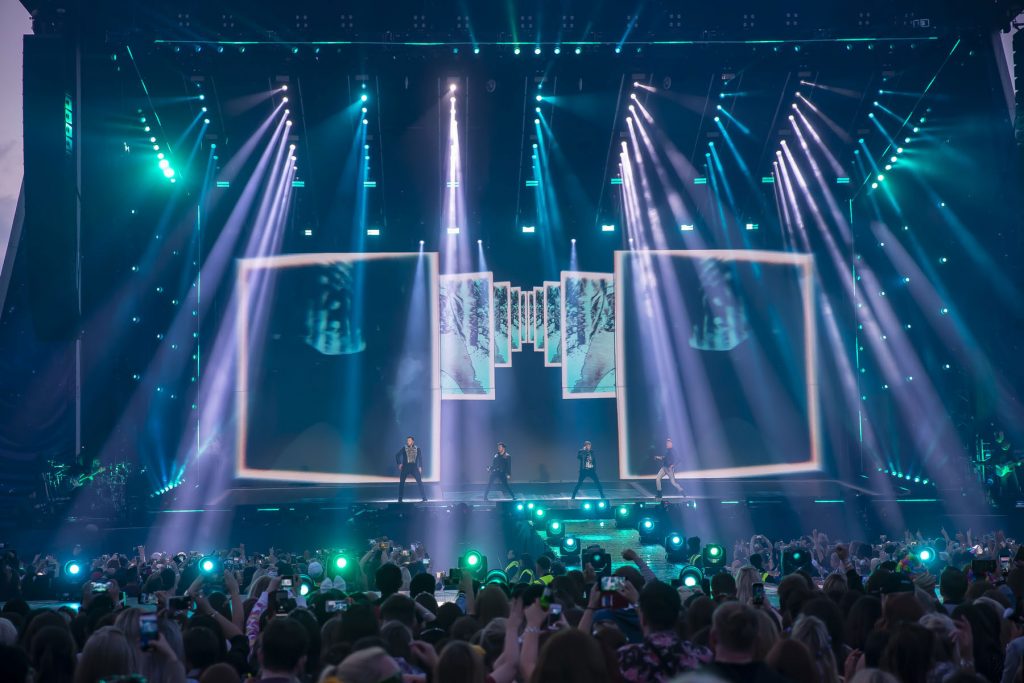
Lighting and production designer Tom Sutherland of DX7 Design collaborated with show producer / director Brian Burke to create the tour’s stunning production design, and integral
to the slick ‘televisual’ aesthetic that Tom created for the stage … was automation.
Tom wanted certain elements of the rig to move in an elegant and refined way, changing the architecture of the performance space subtly and smoothly as the show unfolded, so he specified Kinesys for the job.
The 34 Kinesys points on the tour were all 1-tonne Liftket hoists – running with Kinesys Elevation drives – supplied to the production by lighting and rigging vendor Liteup, based in Southampton, UK.
Liteup project manager Gordon Torrington sourced the kit and asked Steve Belfield from All Ten Fingers Ltd onboard to co-ordinate the automation elements, so he specified the detailed Kinesys system which also included full Kinesys LibraCELL load monitoring. Steve also programmed the Vector control console during production rehearsals and started
the tour operating the system for the show.
Steve first trained on Kinesys back in 2004 and has enjoyed a busy career programming and operating Kinesys rigs – working with artists like Muse, Adele, Queen, Robbie Williams, Stereophonics, etc – and been a great advocate of the brand which he finds “very reliable and safe”. Once set up, it’s “quick, easy and highly practical to meet the artistic needs of the show designer in rehearsals,” he states.
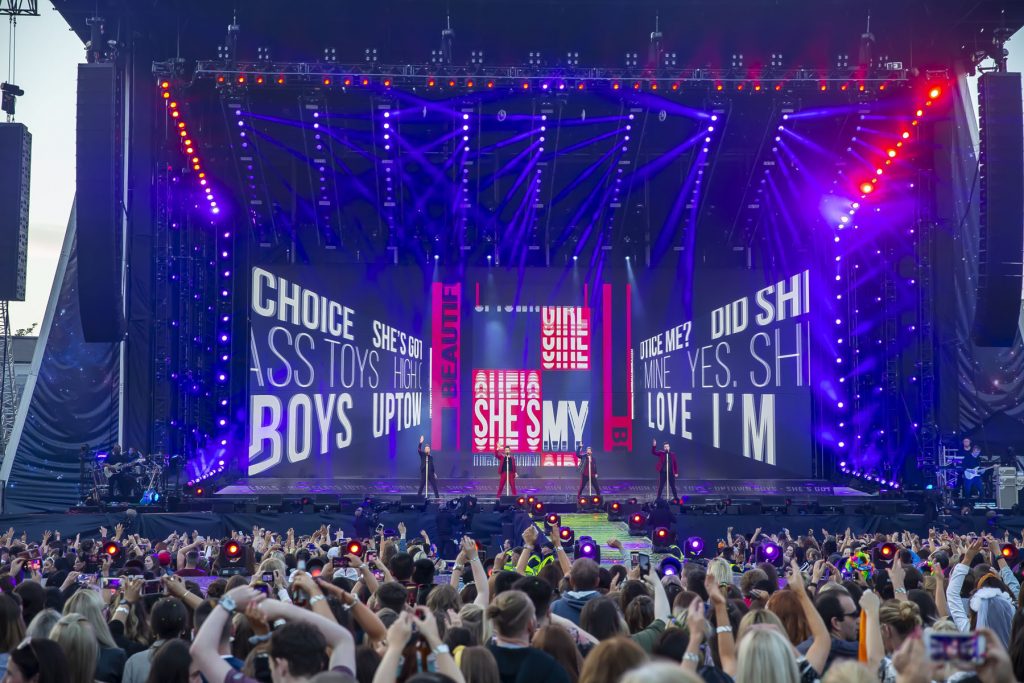
Partway through The 20 Tour and due to other existing commitments, he handed over the role to Sam Jackson, another experienced Kinesys practitioner.
In Sam’s opinion, Kinesys is “the most robust automation system on the market”. His other clients include The 1975 and Bring Me The Horizon, and both have recently featured designs with complex automation elements – for which Kinesys provided a solution.
The most visible automated elements on the Westlife tour were 9 overhead lighting (trussing) pods, running in an upstage / downstage orientation, each rigged with two Kinesys points.
The 64ft-wide upstage LED video screen split in half horizontally, and the top two thirds (9 panels of depth) were lifted on eight Kinesys hoists rigged along the top, while the bottom third (6 panels of depth) remained in position on the deck as one of the set pieces. The hoists lifting the screen were hung from a mothergrid of the same 64ft width dimensions as the screen.
Another four Kinesys motors lifted the most upstage section of stage – a full width (64ft) decking section that was 2 metres deep. This dropped right down below the stage to floor level … so it could raise the band up to the stage for entrances, and then elevate them to the ‘mid screen’ position from where they started the show.
The far upstage left and right lighting towers that framed the LED screen were also flown – each on 1 x Kinesys Liftket motor – rather than ground supported. These flew up / down with the top part of the video screen when it lifted – a classy little detail that accentuated the harmony and physical flow between lighting and video aspects.
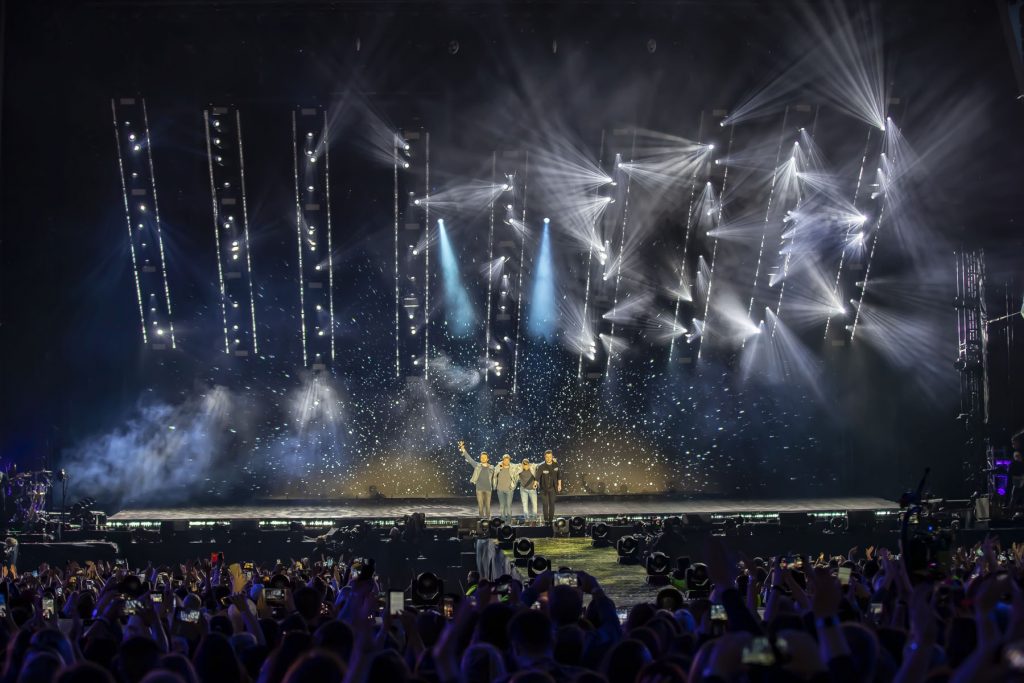
Steve specified a Kinesys Vector control system as most of the required moves were single axis which is very efficient to program in Vector. By the time they hit the road, there were 40 cues in the desk.
A 34-way Kinesys LibraCELL system (utilising LibraCELL shackles) and a LibraPRO controller were part of the set up. The LibraPRO info was fed info into the Vector for active load monitoring. This enabled Steve and then Sam to see exactly how much load was being taken on any point at any time during all the moves.
The trickiest move was reuniting the flown portion of screen with its bottom third. When the top part came in again, it had to land within a 3mm accuracy … which took an extremely carefully balanced and measured move!
The automation system was run on two Kinesys PD-ES’s (for power distribution and emergency stop control), and up to seven strategically placed experienced spotters onstage watched every move – in particular the stage lift platform and the video screen moves. Some were armed with hand-held Emergency Stop buttons run out from the PD-ES for additional safety (which were not needed).
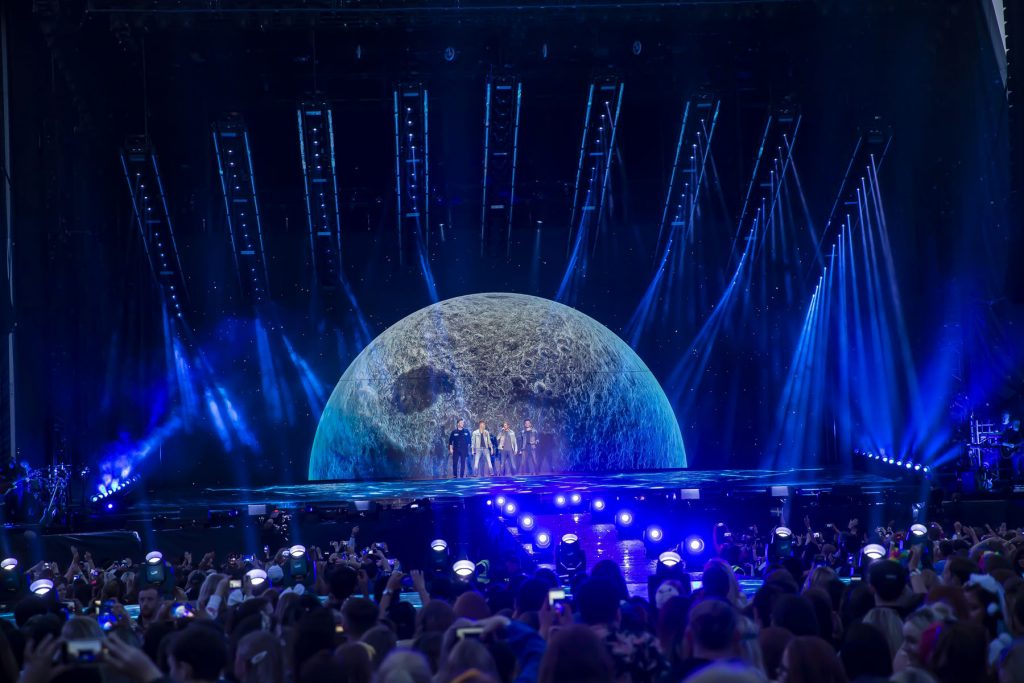
Automation techs Matt Moran and Paul Henry joined the touring crew when they hit the road, working closely with head rigger Andy Roberts and Cameron Hewitt.
Both Steve and Sam enjoyed working with Tom Sutherland. “He has a great understanding of the Kinesys capabilities and how to use them to their best advantage,” commented Sam.
Steve explained that Tom had a clear vision of what he wanted the Kinesys to do, and together they created a pallet of positions that was easily assignable for different songs. These were mainly pre-set looks plus a sequence of moves for one particular section of the show. They utilised both timed and speed-led movement to change the dynamics of the transitions and add more impact to these and the lighting looks.
“I look forward to working with Tom again” concluded Sam.
Tom himself commented, “The video-based design was large and complex from an automation point of view. It had so many moving parts and had to appear visually elegant and in sync. There is a real thing of beauty watching a perfectly timed Kinesys move happening in harmony with lighting and video. The system and the programming really added huge moments to the show. Watching trusses fly in as lights would turn on one by one in order of automation move gave a sense of a double illusion and looked spectacular.”
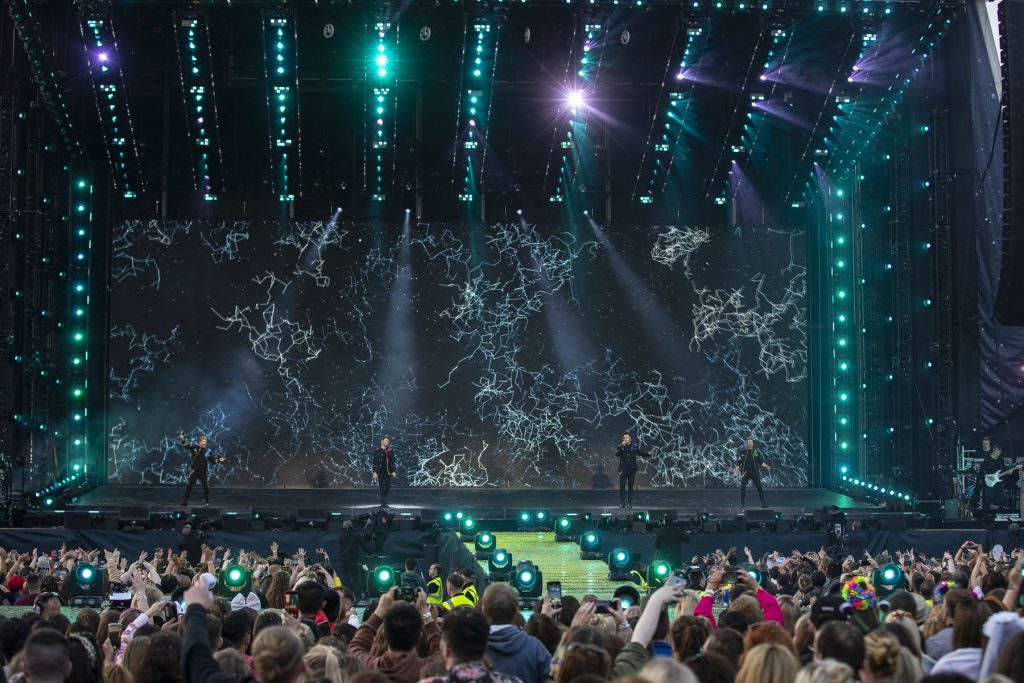
Photography by Louise Stickland

